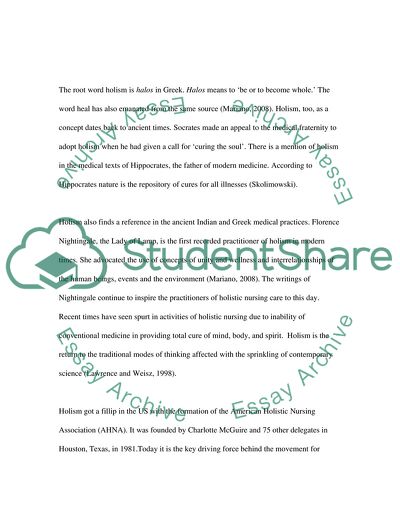Cite this document
(Holistic Nursing: Scope and Practice Case Study, n.d.)
Holistic Nursing: Scope and Practice Case Study. Retrieved from https://studentshare.org/nursing/1718630-personal-philosophy
Holistic Nursing: Scope and Practice Case Study. Retrieved from https://studentshare.org/nursing/1718630-personal-philosophy
(Holistic Nursing: Scope and Practice Case Study)
Holistic Nursing: Scope and Practice Case Study. https://studentshare.org/nursing/1718630-personal-philosophy.
Holistic Nursing: Scope and Practice Case Study. https://studentshare.org/nursing/1718630-personal-philosophy.
“Holistic Nursing: Scope and Practice Case Study”. https://studentshare.org/nursing/1718630-personal-philosophy.


